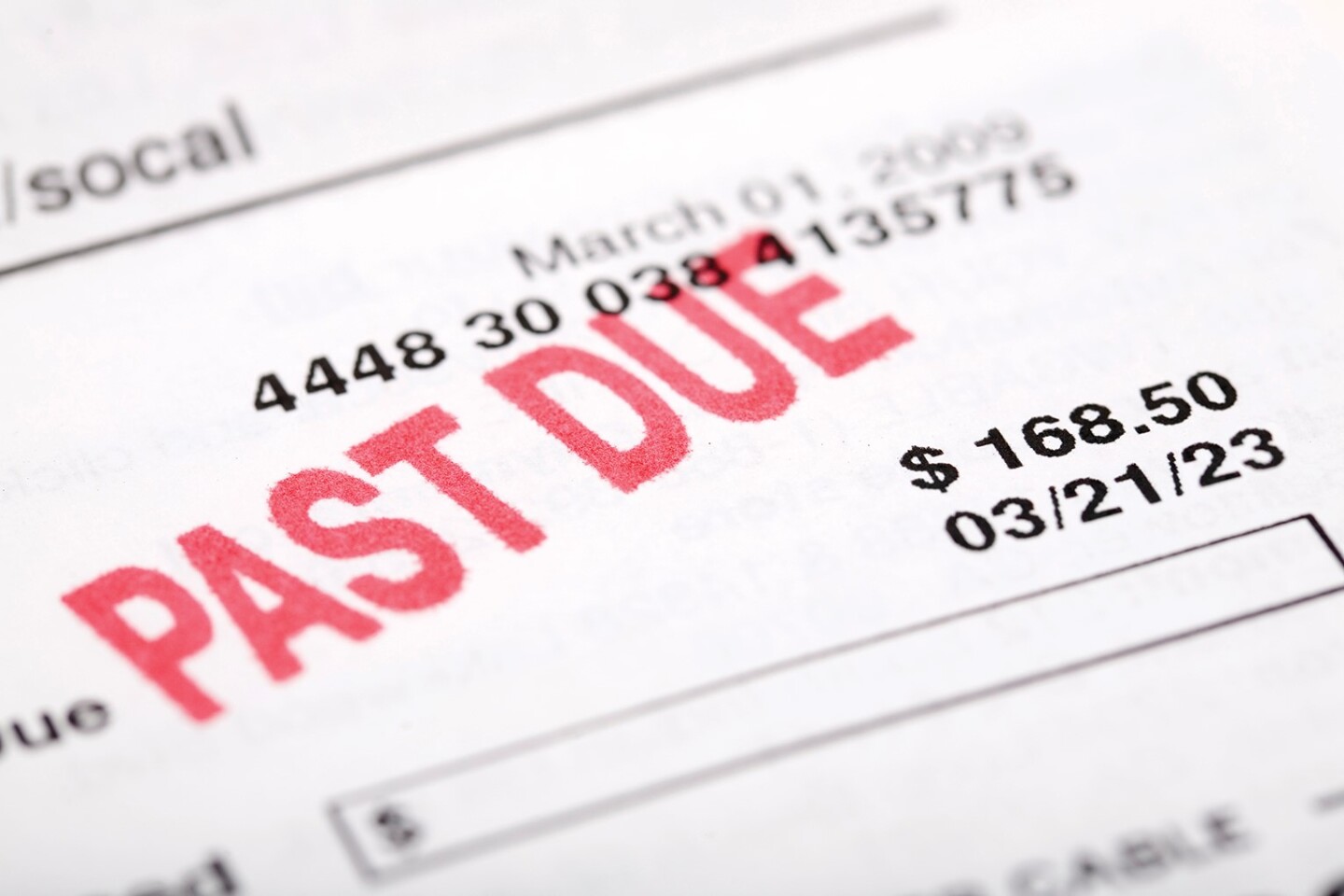Stuck in the Paycheck-to-Paycheck Cycle?
Here’s How to Break Free

Living paycheck to paycheck can feel like an endless cycle. The moment your paycheck comes in, it’s already spoken for—bills, groceries, gas, and maybe a little bit of fun if you’re lucky. By the time the next paycheck rolls around, you’re back at square one, wondering where all the money went. If this sounds familiar, you’re not alone. According to studies, a large percentage of Americans live paycheck to paycheck, regardless of income level.
But the good news is that with small, intentional changes, you can start to break the cycle and create the financial breathing room you need. Here’s how to take back control, step by step.
Step 1: Assess Your Current Financial Situation
Before you can make changes, you need to understand exactly where your money is going. Start by tracking all your income and expenses for a month. Write down everything, from rent or mortgage payments to small coffee runs. This will give you a clear picture of your financial habits. Many banks and financial apps can simplify this process by automatically categorizing your spending and providing easy-to-read reports. Apps like Rocket Money or YNAB (You Need a Budget) can also sync with your accounts to give you a clear picture of your habits in real time.
- Identify Fixed Expenses: These include things like rent, utilities, car payments, and insurance.
- Pinpoint Variable Expenses: These are the flexible costs, like groceries, dining out, entertainment, or subscriptions.
- Find the “Leaks”: Are you spending on things you don’t really need? Maybe you have unused subscriptions or frequent impulse purchases that add up.
Understanding your spending habits can help you see where adjustments are possible.
Step 2: Create a Realistic, Flexible Budget
A budget doesn’t have to be restrictive. In fact, a good budget gives you freedom by showing exactly where your money should go to match your priorities.
Use the 50/30/20 Rule as a simple framework:
- 50% for Needs: Rent, groceries, utilities, and other essential expenses.
- 30% for Wants: Fun spending like eating out, hobbies, and entertainment.
- 20% for Savings or Debt Repayment: This includes building an emergency fund or paying off debt.
Adjust your spending where you can. For example:
- Meal planning can reduce your grocery bill.
- Cutting back on takeout or subscription services can free up cash without drastic lifestyle changes.
The key is to make your budget realistic and flexible—something you can stick to without feeling deprived.
Step 3: Build a Starter Emergency Fund
One of the biggest reasons people stay stuck in the paycheck-to-paycheck cycle is that unexpected expenses, like a car repair or medical bill, throw everything off. That’s where an emergency fund comes in.
- Start Small: Aim for $500 to $1,000 as a starting goal. This amount can cover many common emergencies.
- Make It Automatic: Set up automatic transfers to a separate savings account, even if it’s just $10 or $20 a week.
- Redirect Extra Money: Use windfalls like tax refunds, bonuses, or extra cash from selling unused items to jump-start your fund.
Over time, aim to build up to 3–6 months of living expenses. Even a small emergency fund can provide peace of mind and keep you from relying on credit cards when surprises happen.
Step 4: Find Ways to Increase Your Cash Flow
When your budget is tight, increasing your income—even just a little—can create the breathing room you need.
- Explore Side Income: Consider a part-time job, freelance work, or selling unused items around your house. Platforms like Facebook Marketplace, eBay, or Etsy make it easy to turn clutter into cash.
- Negotiate Bills: Call your service providers (like internet or insurance) to ask for better rates or discounts.
- Refinance Loans: If you have loans, explore refinancing options to lower your monthly payments.
A small boost in income combined with smarter spending can make a big difference over time.
Step 5: Tackle High-Interest Debt
Debt, especially credit card debt, can keep you stuck in a paycheck-to-paycheck cycle. Focus on paying it down to free up more of your income.
- Snowball Method: Pay off smaller debts first to build momentum.
- Avalanche Method: Focus on high-interest debts first to save more money in the long run.
Even if you can only put an extra $20 or $50 toward debt each month, that progress adds up over time.
Step 6: Celebrate Progress and Stay Motivated
Breaking the paycheck-to-paycheck cycle takes time, so celebrate small wins along the way. Did you stick to your budget this month? Save your first $100? Pay off a small debt? These victories are proof that you’re moving in the right direction.
Don’t get discouraged by setbacks. Progress doesn’t have to be perfect—it just has to be consistent. Keep your “why” in mind, whether it’s saving for a goal, reducing stress, or having the freedom to enjoy life without financial worries.
Breaking free from the paycheck-to-paycheck cycle is possible, no matter where you’re starting from. Remember, small steps add up to big changes over time. If you’re ready to take the first step, Minnesota Power Employees Credit Union (MPECU) is here to help. From budgeting tools to savings accounts, we have the resources and support you need to reach your financial goals. Visit
MPECU.com
to learn more and start building your financial freedom today.


